Mastering Remote Digital Strategy: Best Platforms Unveiled
I. Introduction
In the age of digital ubiquity, managing a brand’s social media presence is no longer a luxury—it’s a necessity. As businesses adapt to the changing landscape, marked by the rise of remote work and an ever-evolving digital arena, the tools they employ to manage their online footprint become all the more crucial.
Enter the realm of remote social media management: a confluence of technology and strategy that ensures a brand’s voice remains consistent, engaging, and relevant, regardless of geographical boundaries.
Social media management, at its core, revolves around curating, posting, and analyzing content across various social platforms. However, when teams are scattered across cities, countries, or even continents, the challenge intensifies. How do you ensure real-time collaboration? How can you schedule posts across multiple time zones? How do you maintain the same brand voice when your team is global?
The answer lies in leveraging the right tools—software and applications designed specifically to streamline, optimize, and enhance remote social media management. These tools, equipped with features ranging from collaborative content calendars to deep-dive analytics, are the linchpins holding together a brand’s digital strategy in a remote work environment.
In this comprehensive guide, we’ll delve into the top 10 tools every company, freelancer, or digital nomad should have in their arsenal for effective remote social media management. Whether you’re a small business owner looking to expand your digital reach or a seasoned marketer navigating the challenges of a remote team, this guide promises insights, recommendations, and strategies to elevate your social media game.
The Rise of Remote Work and Digital Marketing
The last decade has witnessed a seismic shift in the way businesses operate, with remote work emerging as a dominant trend. A confluence of factors, from advancements in communication technology to a changing workforce demographic seeking flexibility, has propelled this shift. The COVID-19 pandemic further accelerated the transition, making remote work not just an option but a necessity for many organizations.

Parallel to this transition in the work environment is the evolution of digital marketing. As consumers increasingly migrate online, businesses have had to recalibrate their strategies, focusing more on digital channels. Social media, with its vast user base and diverse platforms, has become the epicenter of this digital marketing revolution.
Remote Work: The New Normal
Remote work, once considered an occasional perk, has rapidly transformed into a standard operational model for many businesses. The benefits are manifold:
- Flexibility: Employees enjoy the freedom to design their work schedules, leading to improved work-life balance.
- Access to a Global Talent Pool: Companies are no longer restricted to hiring talent in their immediate vicinity. They can tap into a global pool of professionals, ensuring they get the best fit for a role.
- Cost Savings: With no need for physical office spaces, utilities, or in-house amenities, companies can redirect resources to other critical areas.
Digital Marketing: Capturing the Online Audience
As brick-and-mortar stores faced challenges, the digital realm burgeoned. With consumers spending significant time online, businesses had to evolve their marketing strategies:
- Personalized Engagement: Digital platforms allow businesses to interact with their audience in real-time, fostering a sense of community and brand loyalty.
- Data-Driven Decisions: Online marketing tools provide a wealth of data, enabling businesses to tailor their strategies based on tangible insights.
- Diverse Platforms: From Instagram’s visual-centric approach to Twitter’s microblogging format, businesses can choose platforms aligning with their brand voice and target audience.
Confluence of Remote Work and Digital Marketing
This intersection of remote work and digital marketing has birthed a unique challenge and opportunity. How do businesses ensure consistent and effective social media management when their teams are dispersed? The solution lies in harnessing robust remote social media management tools, enabling real-time collaboration, consistent branding, and effective audience engagement, irrespective of physical boundaries.
In the subsequent sections, we’ll delve into these tools, understanding their features, benefits, and the value they bring to a remote-first world.
Factors to Consider When Choosing a Social Media Management Tool
In the vast ecosystem of social media tools, making the right choice can feel daunting. The needs of a multinational corporation differ vastly from a solo freelancer or a budding startup. However, regardless of scale or scope, certain universal factors play a pivotal role in determining the efficacy of a social media management tool, especially in a remote work setup.
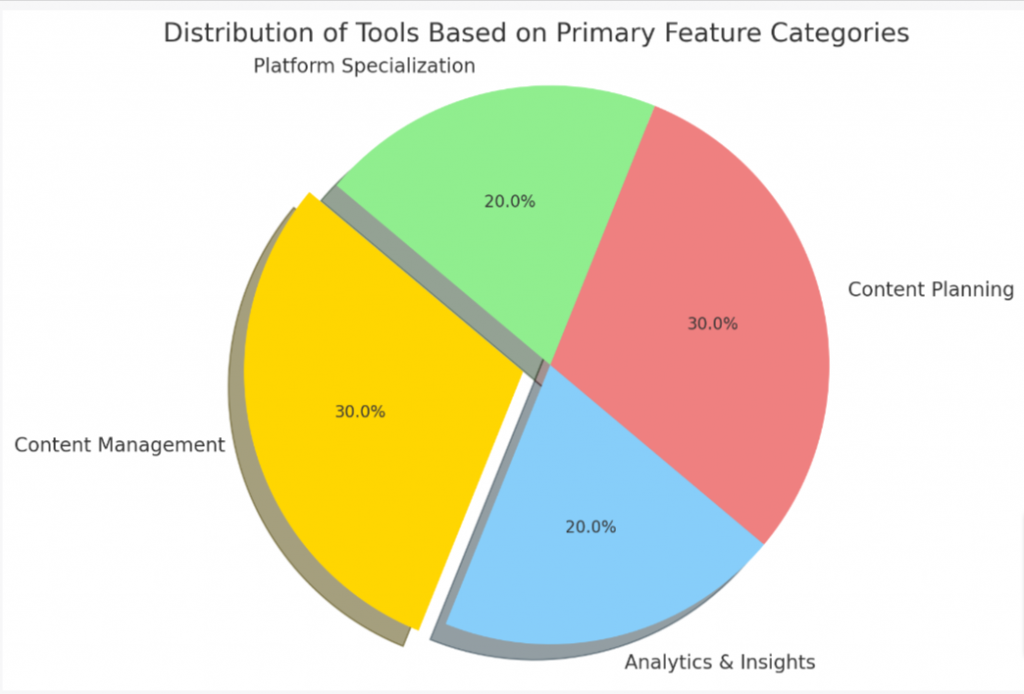
Integration Capabilities with Various Platforms
The digital landscape is dotted with a plethora of social media platforms, each with its unique audience and mode of engagement. The ideal tool should seamlessly integrate with a wide range of platforms, from the titans like Facebook, Twitter, and Instagram to emerging players like TikTok or Clubhouse.
- Unified Dashboards: A tool that offers a consolidated view of all platforms simplifies management and ensures consistent messaging.
- Cross-Platform Scheduling: The ability to schedule posts across multiple platforms simultaneously eliminates repetitive tasks and enhances efficiency.
Ease of Collaboration for Remote Teams
With teams spread across different time zones and geographies, collaboration becomes paramount.
- Real-Time Editing: Multiple team members should be able to edit, review, and approve content in real time.
- Commenting and Feedback Loops: Integrated communication features that allow for instant feedback can expedite the content creation process.
- Role-Based Access: Depending on their roles, team members should have varying levels of access to ensure security and streamline workflows.
Analytical and Reporting Features
Effective social media management isn’t just about publishing content; it’s about understanding its impact.
- Performance Metrics: Insights into metrics like engagement rate, reach, clicks, and conversions can inform future strategies.
- Customizable Reports: The ability to generate tailored reports can aid in presenting data to stakeholders in a comprehensible manner.
- Competitor Analysis: Some tools offer insights into competitors’ performances, allowing brands to position themselves more strategically.
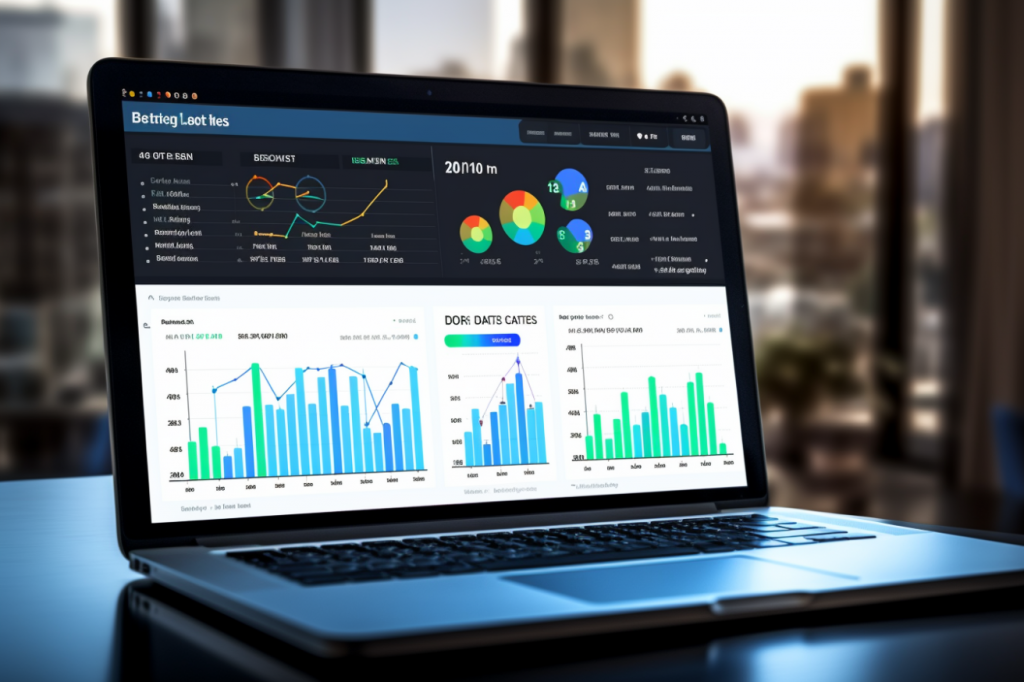
Pricing and Scalability
Budgetary constraints and future growth prospects play a significant role in the decision-making process.
- Flexible Pricing Models: Whether it’s a subscription-based model, a one-time purchase, or tiered pricing based on features, the tool should offer flexibility.
- Scalability: As businesses grow, their digital needs evolve. The chosen tool should be scalable, accommodating increasing demands without necessitating a platform switch.
In essence, the ideal social media management tool is an amalgamation of functionality, flexibility, and foresight. It’s not just about meeting the current needs but also about anticipating future challenges and growth trajectories.
As we delve deeper into our list of top tools, keep these factors in mind, assessing each tool’s capabilities against these critical criteria. This holistic approach ensures that the chosen tool aligns not just with immediate requirements but also supports long-term digital aspirations.
Top 10 Tools for Remote Social Media Management
In today’s digital-driven landscape, leveraging the right tools can make the difference between a successful social media strategy and one that falls flat. For remote teams, these tools are even more critical, bridging geographical divides and ensuring cohesive, impactful online campaigns. Let’s delve into the top 10 tools that have carved a niche for themselves in the realm of remote social media management.
1. Hootsuite Overview and Features: Hootsuite is a veteran in the social media management sphere. Its comprehensive dashboard allows users to manage multiple social media profiles, schedule posts, and interact with their audience from a centralized platform.
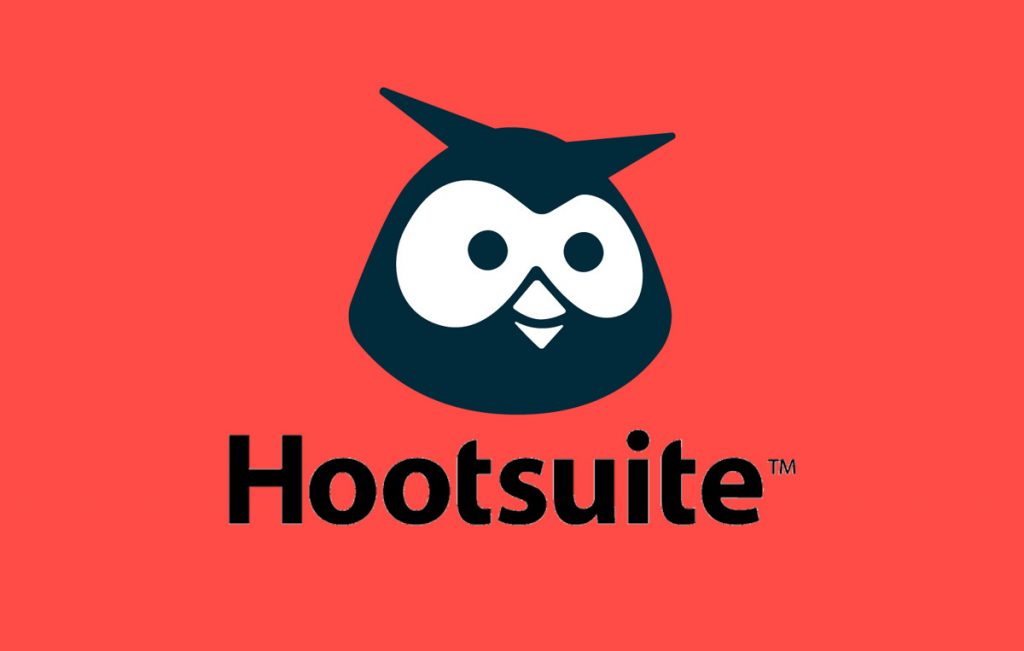
- Unified Streams: Monitor mentions, comments, and direct messages across platforms.
- Bulk Scheduling: Plan and schedule multiple posts at once, saving precious time.
Benefits for Remote Teams: Hootsuite’s collaborative features allow team members to assign tasks, seek approvals, and manage social interactions seamlessly, irrespective of their location.
2. Buffer Overview and Features: Buffer simplifies social media scheduling. With its intuitive interface, users can plan, publish, and analyze all their content in one place.
- Custom Scheduling: Tailor post timings based on audience engagement metrics.
- Performance Analytics: Deep-dive into post-performance to refine strategies.
Collaboration and Scheduling Capabilities: Buffer’s team features ensure smooth collaboration, with provisions for draft creation, feedback loops, and role-based access.
3. Sprout Social In-depth Analytics and Reporting: Sprout Social stands out for its robust analytics. Beyond basic scheduling, it offers insights that can significantly inform a brand’s social strategy.
- Competitive Analysis: Benchmark your performance against competitors.
- Trend Analysis: Identify content trends and audience preferences.
Team Collaboration Tools: With features like task assignments, approval workflows, and a shared content calendar, Sprout Social ensures remote teams work in harmony.
4. SocialBee Content Categorization: SocialBee offers a unique content categorization feature, allowing brands to ensure a balanced content mix.
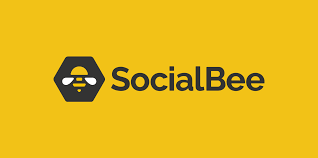
- Evergreen Posting: Recycle and repost high-performing content to maximize reach.
- Content Import: Pull content from various sources for easy scheduling.
Integration with Other Tools: SocialBee can be integrated with tools like Buffer or Hootsuite, offering users flexibility and extended features.
5. Sendible Direct Integration with Major Platforms: Sendible shines in its ability to directly post to platforms, eliminating the need for third-party integrations.
- Content Recommendation: Get content suggestions based on audience preferences.
- Inbuilt Image Editor: Fine-tune visuals right within the platform.
Workflow Approval for Teams: Sendible’s robust team features include content approval workflows, ensuring consistency and quality in posts, even with remote teams.
6. Later Visual Content Planning: Later, primarily designed for visual platforms like Instagram and Pinterest, offers a drag-and-drop calendar for visual content planning.
- Visual Analytics: Understand which visuals resonate most with your audience.
- Auto-Publishing: Schedule and forget, with Later taking care of automatic posting.
Auto-Scheduling Features: Later’s smart scheduler suggests optimal posting times, ensuring maximum engagement.
7. Agorapulse Unified Social Inbox: Agorapulse consolidates all social interactions into a single inbox, ensuring no comment, mention, or message is missed.
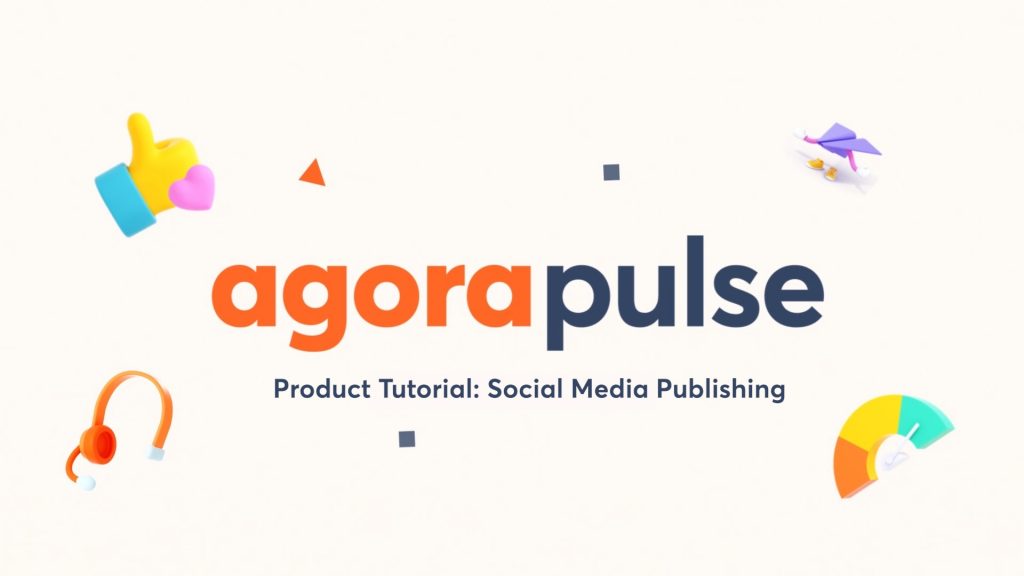
- Competitor Benchmarking: Understand how your social performance stacks up against competitors.
- User Profiling: Get insights into your most engaged followers and tailor content accordingly.
Detailed Performance Reports: Agorapulse’s reports provide a comprehensive overview of performance metrics, aiding in strategy refinement.
8. Tailwind Specialized for Pinterest and Instagram: Tailwind is a powerhouse for visual platforms, offering tools tailor-made for Pinterest and Instagram.
- SmartLoop: Recycle your best pins on Pinterest for consistent engagement.
- Hashtag Finder: Identify the best hashtags for your Instagram posts.
Visual Planning and Analytics: Tailwind’s visual planner and detailed performance analytics ensure your visual content strategy is both impactful and informed.
9. CoSchedule Editorial Calendar for Content Planning: CoSchedule’s standout feature is its editorial calendar, allowing teams to plan content across platforms.
- Headline Analyzer: Improve post headlines for maximum impact.
- Social Automation: Automate social posts based on predefined triggers.
Social Automation and Re-queuing: CoSchedule ensures your content gets maximum visibility through its smart re-queuing feature.
10. SocialBakers AI-Driven Insights: SocialBakers harnesses the power of AI to offer insights, predictions, and recommendations for your social strategy.
- Persona Mapping: Understand your audience segments in detail.
- Influencer Integration: Identify and collaborate with influencers directly through the platform.
In essence, the right tool for your brand depends on your specific needs, the platforms you’re active on, and the features you prioritize. Whether it’s in-depth analytics, collaborative features, or content categorization, the above tools cater to a broad spectrum of requirements.
As you assess each tool, consider your brand’s unique challenges and objectives, ensuring your chosen platform aligns with your long-term social media goals.
Advantages of Utilizing Social Media Management Tools for Remote Work
In today’s digital age, where the lines between workspaces and homes blur, the importance of efficient and effective tools cannot be overstated. The world of social media, dynamic and fast-paced, requires brands to be on their toes, constantly engaging, analyzing, and adapting.
When teams are dispersed, the challenges amplify. This is where social media management tools come to the rescue, offering a plethora of advantages, especially tailored for remote environments.
Enhanced Team Collaboration
The success of any social media campaign hinges on the collaborative efforts of various team members – from content creators and graphic designers to strategists and analysts.
- Unified Dashboards: Tools with integrated dashboards ensure all team members have a holistic view of ongoing campaigns, upcoming posts, and audience interactions.
- Feedback Loops: Integrated commenting and feedback systems expedite the content approval process, eliminating the need for lengthy email threads or separate communication tools.
Consistent Brand Messaging Across Platforms
With multiple platforms to manage, ensuring brand consistency can be a Herculean task.
- Content Libraries: Some tools offer content libraries, ensuring all posts, irrespective of the platform, resonate with the brand voice and aesthetics.
- Post Previews: Previewing features allow teams to visualize how posts would appear on various platforms, ensuring alignment with brand guidelines.
Time-Saving Automation Features
In the world of social media, timing is everything. Posting when your audience is most active can significantly boost engagement.
- Smart Scheduling: Tools that offer automated scheduling based on audience activity metrics ensure posts garner maximum visibility.
- Bulk Uploading: Uploading multiple posts simultaneously saves time, especially beneficial for teams managing multiple accounts or platforms.
Real-Time Monitoring and Engagement
Engaging with the audience in real-time can elevate a brand’s social media presence, fostering loyalty and trust.
- Unified Inboxes: Tools that consolidate interactions across platforms into a single inbox ensure no comment, query, or mention goes unnoticed.
- Instant Notifications: Real-time alerts for mentions, comments, or other interactions ensure timely responses, enhancing audience engagement.
In summary, social media management tools are not just facilitators; they are game-changers. They bridge the geographical and logistical divides of remote teams, ensuring seamless collaboration, consistent branding, and impactful audience engagement. As the digital realm continues to evolve, these tools will undoubtedly play a pivotal role, shaping strategies, refining approaches, and driving success in the world of social media.

Potential Challenges and How to Overcome Them
While the advantages of social media management tools are undeniable, it’s essential to recognize that no solution is without its challenges. However, being aware of these potential pitfalls and proactively addressing them can ensure that brands continue to harness the full power of their chosen tools.
Over-reliance on Automation and its Pitfalls Automation, when used judiciously, can be a boon. But an over-reliance can lead to impersonal interactions and missed opportunities for genuine engagement.
- Solution: Balance automation with real-time engagement. Schedule regular intervals for teams to manually review and engage with comments, mentions, and direct messages. Ensure that automated responses are tailored and contextual.
Maintaining Genuine Engagement
With tools handling multiple aspects of social media management, there’s a risk of interactions becoming mechanical, devoid of the brand’s human touch.
- Solution: Encourage teams to periodically inject personal touches into posts and responses. Celebrate milestones, acknowledge loyal followers, and actively participate in trending conversations relevant to the brand.
Ensuring Data Security in Remote Settings
As teams access these tools from various locations and devices, there’s an inherent risk of data breaches or unauthorized access.
- Solution: Implement stringent security protocols. Ensure team members use secure connections, enable two-factor authentication, and regularly update passwords. Opt for tools that prioritize data encryption and security.
Avoiding Content Monotony
When using tools that suggest content or automate posting, there’s a chance that content becomes repetitive or monotonous.
- Solution: Diversify content strategy. Incorporate a mix of posts, from articles, infographics, and videos to polls, quizzes, and user-generated content. Regularly review content performance and seek feedback to continuously innovate.
Managing Tool Overload
With a plethora of tools available, teams might find themselves juggling multiple platforms, leading to inefficiencies and potential overlaps.
- Solution: Consolidate tools as much as possible. Opt for comprehensive solutions that integrate various functionalities. Regularly assess tool utility and phase out redundant or underutilized platforms.
In essence, while challenges are par for the course, they are by no means insurmountable. With proactive strategies, continuous feedback loops, and a commitment to genuine engagement, brands can navigate these challenges, ensuring their social media presence remains impactful, consistent, and aligned with their overarching objectives.
The key lies in striking a balance—leveraging the power of automation while retaining the brand’s unique voice and touch.
Tips for Maximizing the Benefits of Your Chosen Tool
Harnessing a social media management tool is just the starting point. To truly extract its full potential and ensure it seamlessly aligns with your brand’s objectives, it’s crucial to adopt certain best practices. These strategies not only enhance the tool’s efficacy but also streamline processes, foster collaboration, and drive tangible results.
Regular Training for Remote Teams
As tools evolve, introducing new features or refining existing ones, it’s essential that remote teams remain updated.
- Organize Regular Workshops: Periodic training sessions ensure team members are well-versed with the tool’s functionalities and can utilize them optimally.
- Leverage Tutorials and Webinars: Many tools offer in-built tutorials, webinars, or knowledge bases. Encourage teams to tap into these resources for continuous learning.
Integrating with Other Marketing Tools
Your social media management tool shouldn’t operate in isolation. Integrating it with other marketing tools can amplify its capabilities.
- CRM Integration: Syncing your tool with Customer Relationship Management software can offer insights into audience preferences, purchase behaviors, and engagement patterns.
- Email Marketing Platforms: By integrating with email marketing tools, you can ensure a consistent messaging strategy across platforms and leverage insights from one channel to inform the other.
Periodic Review of Analytics to Refine Strategies
Analytics aren’t just numbers; they’re actionable insights that can significantly shape your social media strategy.
- Set Regular Review Intervals: Whether weekly, monthly, or quarterly, ensure that there’s a fixed cadence for reviewing performance metrics.
- Act on Insights: Beyond reviewing, actively incorporate the insights derived. If a particular type of content is resonating well, consider producing more of it. If a posting time is driving higher engagement, adjust your scheduling strategy accordingly.
Encourage Team Feedback
Who better to offer insights into a tool’s utility than the ones using it day in and day out?
- Create Open Feedback Channels: Whether through surveys, feedback sessions, or informal chats, encourage team members to share their experiences, challenges, and suggestions related to the tool.
- Iterate Based on Feedback: Regularly review the feedback and work on actionable points. This not only enhances the tool’s utility but also fosters a sense of ownership among team members.
Stay Updated with Tool Updates
Software updates aren’t just about bug fixes; they often introduce new features or refine existing ones.
- Subscribe to Newsletters or Update Notifications: Ensure you’re in the loop whenever the tool rolls out an update.
- Test New Features: Before rolling them out to the entire team, test new features in a controlled environment. Understand their utility, potential challenges, and training requirements.
In conclusion, the real power of a social media management tool is unlocked when it’s tailored to fit the brand’s unique needs and challenges. By fostering a culture of continuous learning, encouraging feedback, and staying agile, brands can ensure that their chosen tool remains a dynamic ally in their social media journey, driving engagement, growth, and tangible results.
Conclusion
The digital realm, marked by its dynamism and vast potential, offers brands unparalleled opportunities to engage, influence, and grow. In this landscape, social media stands as a powerful pillar, shaping perceptions, fostering communities, and driving conversions.
However, the challenges it presents, especially in a world that’s rapidly embracing remote work, are unique. Dispersed teams, multiple platforms, varied time zones, and the ever-present demand for real-time engagement make the task of effective social media management a complex one.
This is where social media management tools come to the forefront, acting as the linchpins that hold together a brand’s digital strategy. From scheduling and automation to analytics and collaboration, these tools offer a spectrum of features tailored to address the multifaceted challenges of social media management.
But their true value isn’t just in their features—it lies in their ability to adapt, evolve, and align with a brand’s unique objectives and challenges.
As we navigated through the top tools, dissected their features, and delved into strategies to maximize their potential, one underlying theme remained consistent: the need for balance. Balance between automation and genuine engagement, between data-driven strategies and intuitive creativity, and between global outreach and localized relevance.
In this ever-evolving digital age, the tools we leverage will continue to evolve. New platforms will emerge, audience preferences will shift, and the digital narrative will undergo transformations. But amidst this change, the fundamentals will remain. The need for genuine engagement, consistent branding, and strategic foresight will always be paramount.
For brands, freelancers, and digital enthusiasts looking to navigate this exciting realm, the journey begins with choosing the right tool. But it doesn’t end there. It’s a continuous cycle of learning, adapting, and innovating. It’s about understanding that in the world of social media, the only constant is change. And with the right tools in your arsenal, you’re not just prepared for this change—you’re poised to lead it.
Frequently Asked Questions (FAQs)
Navigating the world of social media management tools, especially with the added dimension of remote work, can be rife with questions. In this section, we address some of the most commonly asked queries, offering insights and clarifications to guide you on your digital journey.
1. Can one tool cater to all my social media management needs?
While many tools offer comprehensive features, it’s rare to find a single tool that addresses all unique needs. Often, brands use a combination of tools to ensure they harness the full spectrum of functionalities. It’s crucial to assess individual requirements and choose tools that align best with them.
2. How often should I review and update my tool’s strategy?
The digital landscape is dynamic. To stay relevant and effective, it’s recommended to review your strategy quarterly. However, regular monthly checks on tool performance and analytics can offer insights for immediate course corrections.
3. Are free versions of these tools effective for brands?
Many tools offer free versions with limited features. For small brands or individuals just starting out, these can be quite effective. However, as your brand grows and demands increase, it’s advisable to invest in paid versions to harness advanced features.
4. How do I ensure data security when using these tools remotely? Choose tools that prioritize data encryption and security. Regularly update passwords, use two-factor authentication, and ensure team members access the tool via secure connections.
5. Can these tools replace the need for a dedicated social media team? While these tools streamline and automate many processes, they cannot replace the human touch. A dedicated team offers strategic insights, creative inputs, and genuine engagement, which tools can aid but not replace.
6. How do I measure the ROI of my chosen social media management tool? Assess the tool’s impact on key performance indicators (KPIs) such as engagement rate, reach, conversions, and time saved. Tools that offer robust analytics can provide insights into their direct impact on these KPIs.
7. Is it challenging to switch between tools? While there’s a learning curve associated with any new tool, most modern social media management tools prioritize user-friendliness. Many also offer data import/export features, making the transition smoother.
8. How do I stay updated with the latest features or updates of my chosen tool? Subscribe to the tool’s newsletter, join their user community, or follow them on social media. Most tools actively communicate updates, new features, and best practices to their user base.
In the dynamic realm of social media, questions will always arise. As brands, freelancers, or digital enthusiasts, it’s essential to stay curious, seek answers, and continuously adapt. Remember, every challenge presents an opportunity, and with the right tools and strategies, you’re well-equipped to harness them.

